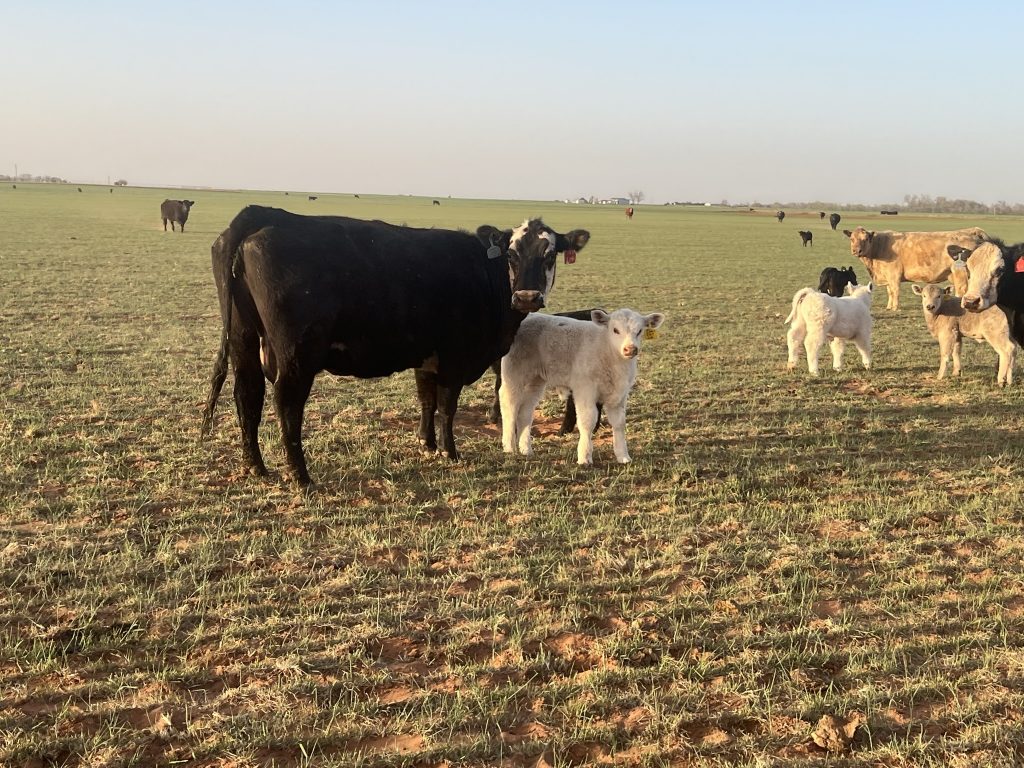
Reproductive management is at the foundation of a successful cow-calf herd. However, enhanced reproductive technologies are not readily incorporated as seen in the results of the 2017 USDA National Animal Health Monitoring System Beef Cow-calf study. Results of this study indicated, of heifers bred for calving in 2017, 76.8 percent were bred only by bulls, and 15.1 percent were bred by a combination of artificial insemination and bull breeding. Of cows bred for calving in 2017, 92.9 percent were bred only by bulls, and 5.5 percent were bred by a combination of artificial insemination and bull breeding. Estrus synchronization was utilized in only 7.3 percent of all operations.
As producers approach breeding season, plans should be developed to fit the needs of the operation in coordination with veterinary input. Breeding soundness evaluations and pregnancy detections should be standard in all breeding herds. Reproductive technologies when used appropriately improve herd health, efficiency, genetics, and overall profitability. Enhanced reproductive protocols can be utilized for operations incorporating artificial insemination as well as exclusively bull bred herds.
Estrus synchronization involves manipulating the estrous cycle of heifers and cows so that a large group of females come into heat at the same time. Various hormone-based protocols are used to achieve estrus synchronization. These protocols effectively control the reproductive cycle, making it easier to manage breeding and improve pregnancy rates.
By synchronizing estrus, producers can breed multiple cows simultaneously, potentially reducing the time and labor required for heat detection and insemination. Although this technique is most often used in conjunction with artificial insemination to maximize reproductive efficiency, advantages can also be seen in bull-bred herds. Estrus synchronization allows for more precise timing of calving, which is beneficial for managing labor, nutrition, and health.
Artificial insemination (AI) is one of the most widely used reproductive technologies in the beef industry. It allows for the breeding of cattle utilizing semen from genetically superior bulls. AI allows producers to access superior genetics enabling them to improve a variety of traits in the resulting calf crop. Moreover, AI reduces the need for keeping a large number of bulls on-site, thereby lowering bull maintenance costs, decreasing disease transmission, and improving animal and human safety.

Great resources exist for producers seeking to integrate or improve their reproductive strategies. Notable examples are those provided by the Beef Reproduction Task Force. This task force consists of reproductive and technological specialists. It was created in 2000 to deliver extension education and foster collaborative research to support cow-calf producers and enhance profitability. The task force offers a variety of free resources including webinars, synchronization protocols, and decision tools such as the Estrus Synchronization Planner and AI Cowculator.
The Estrus Synchronization Planner provides information to eliminate errors in medication administration and provides analysis of cost of various systems. The AI Cowculator helps producers determine the economic feasibility of AI along with supporting resources. More information on these resources can be found at beefrepro.org.
Article by Dr. Rosslyn Biggs, OSU Beef Cattle Extension Specialist

















